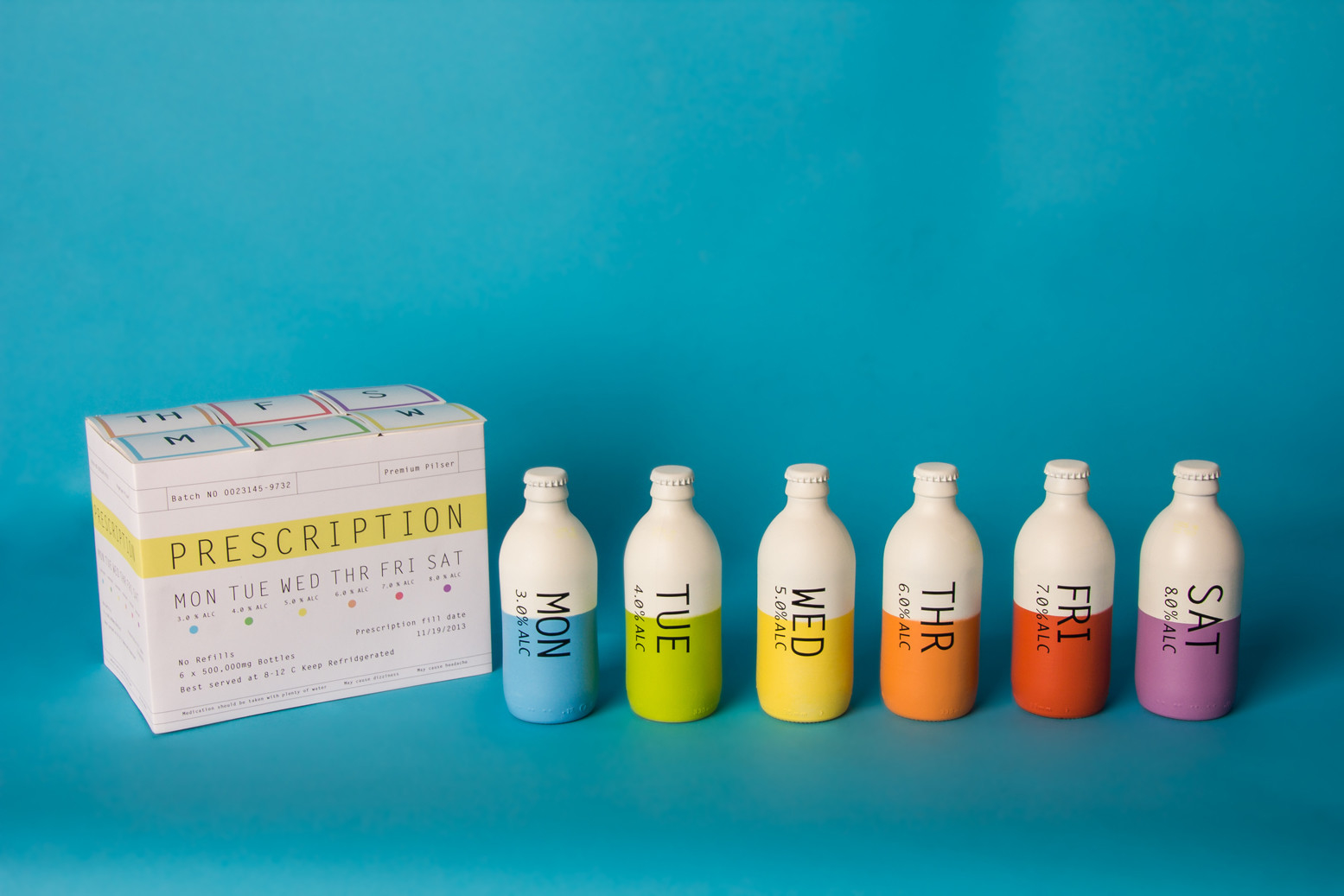[ad_1]
At its core, marketing has always been about psychology. Creating great marketing content is a process of finding and studying the “buttons” that people have — what makes them choose your brand over another.
And no, we don’t mean manipulation, pop psychology, or desperate plays to feelings – we’re talking about how to use real psychology in your marketing content, today. Take a look at these three psychological strategies you can use to amp up the power in your ads and content.
Freedom Over Fear
How do you get consumers to buy your goods and services? You tap into current needs and wants – or you create new ones. Most marketing in the past 200 years has infamously focused on fear and freedom tactics, leading consumers to think things like, “What will happen if I don’t buy this?” and “This is what will happen if I buy this.”
This fear or freedom analysis is very basic, yet it’s a great place to start if you’re thinking about using psychology in your marketing. While fear is generally considered an effective tactic, it’s also less appetizing to hyper-critical consumers in the digital age. On the other hand, freedom is more respectable and accepted — but it’s also more difficult to execute well.
Whether talking about rebuilding a Detroit industry or highlighting the brave actions of a sports star, modern freedom tactics use real-world events to inspire and educate. The catch here is that these ads tend to be more useful for brand-building than directly winning conversions, but the former usually encourages the latter.
The Tennessee Department of Tourist Development proves the power of freedom in marketing through a new series of extremely targeted advertisements.
These short video clips are served up to people based on their interests and behavior online. For example, someone who purchased concert tickets in the past year and subscribes to AFAR Magazine might be shown a video about traveling to Nashville. By targeting people’s exact desires, Tennessee’s Tourism board inspires people to come to the state of Tennessee — a place where they’ll find passion, adventure and excitement.
The Power of Humor
Humor is another psychological shortcut that marketers often take – we’ve seen many examples of this in recent years, as brands create absurdist, tongue-in-cheek commercials that would never have flown a couple of decades ago. Humor is very powerful on the psychological front: it helps people pay attention, remember your message, and share your content. Ultimately, these actions lead to an emotional connection and customers associate your brand with the good feelings of laughter.
However, humor is a tricky emotion and it can backfire badly when used incorrectly. Tasteful humor both entertains and informs consumers about a brand, and it’s important to hit both marks. For some brands that need to strike a more professional tone, humor should probably be avoided all together.

Hamburger Helper’s recent April Fools joke is a hilarious example of humor done right. The brand’s twitter feed, @helper, announced a hip-hop mixtape on SoundCloud with 5 food-themed beats. The mixtape is equal parts funny, random, and entertaining — the album has been listened to millions of times since April 1st.
Visual Elements
We all associate visual elements — like patterns, colors and imagery — with certain feelings and emotions. Using these elements in marketing can help people relate to your brand in a subconscious way, and there are endless options for doing so.
For example, this could be as subtle as a wine company using wood and charcoal patterns on a label to encourage consumers to think of authenticity and craftsmanship. It can be more direct, too: take a look at any recent headphone marketing content, and you’ll see people with their heads held joyously up, with a strong focus on light and sky – elements of happiness and freedom.
Gatorade uses sweat and blood, Chevy uses dirt and roads, Sephora uses striking blacks and evocations of an empty canvas – but they all tap into elements as a psychological shorthand.

This example of beer packaging is both colorful and quirky. Visually appealing packaging helps today’s consumers sift through the bombardment of advertisements and demands for attention.
Psychology in your Marketing
Using psychology in your marketing helps customers create powerful and positive associations with your brand. When used correctly, freedom tactics, humor, and visual elements feel like a breath of fresh air — so consumers choose your brand instead.
[ad_2]
Source link






